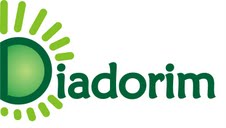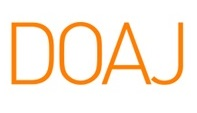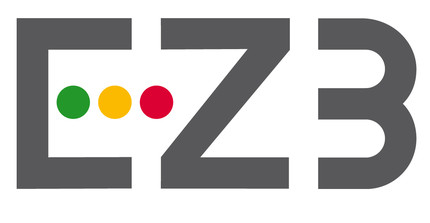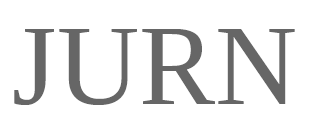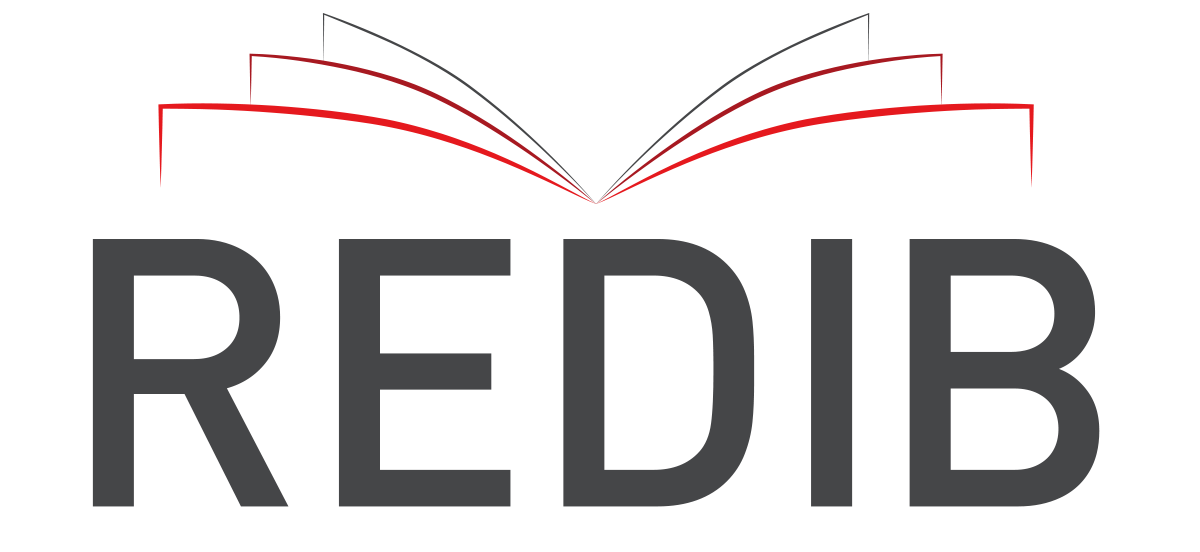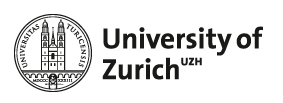The divided subject in enunciation: evidences from the observation of unconventional uses of commas
DOI:
https://doi.org/10.11606/issn.2176-9419.v15i1p101-126Keywords:
Heterogeneity, orality, literacy, writing, comma.Abstract
Based on the notions of dialogism, constitutive heterogeneity and heterogeneity of writing, this article presents a qualitative analysis of unconventional uses of comma in four texts written at school by a fourteen years old student. The analysis demonstrates how the uses of commas is characterized by copies of institutionalized discourses and of pre-established ideas about writing, about the reader and about the writer itself. Changed into subject because of the language, the writer marks himself/herself in different ways in the texts, allowing the language researcher to verify the separations of the subject in the enunciation and his/her heterogeneity.
Downloads
Downloads
Published
Issue
Section
License
Copyright is transferred to the journal for the online publication, with free access, and for the printing in paper documents. Copyright may be preserved for authors who wish to republish their work in collections.






